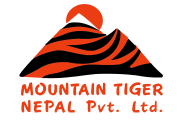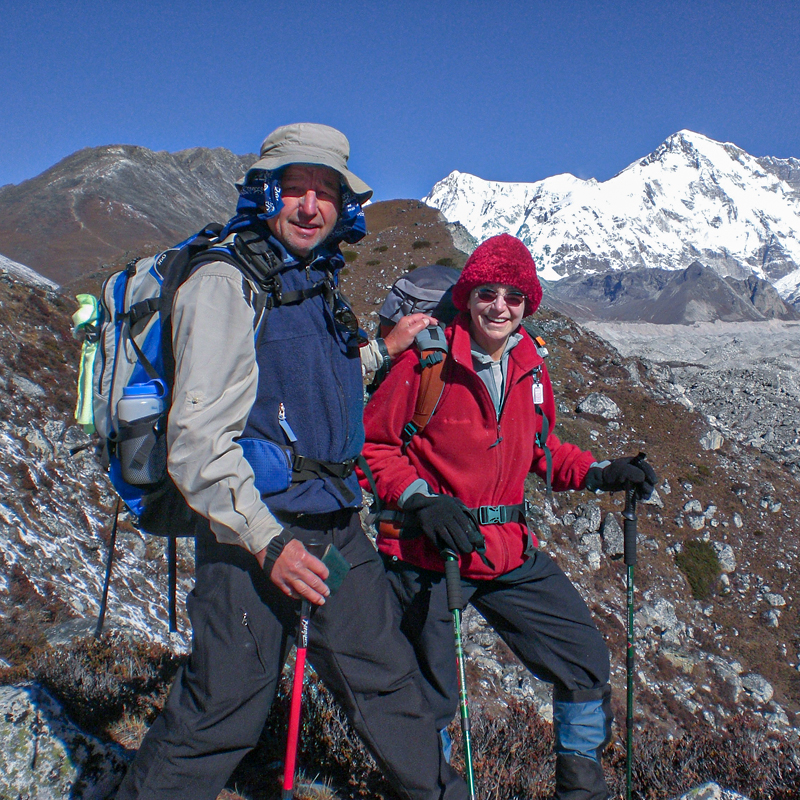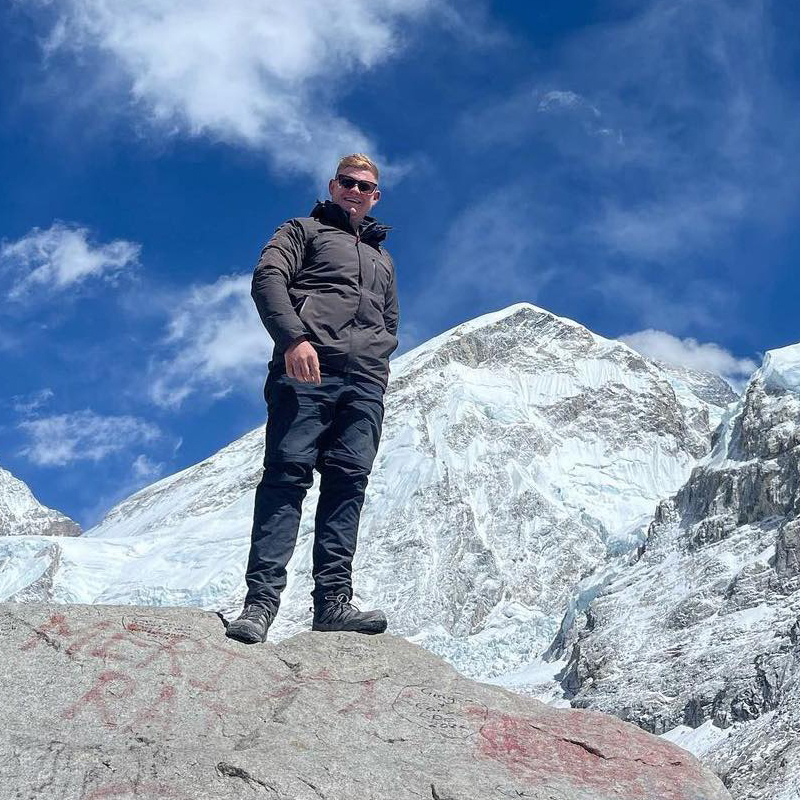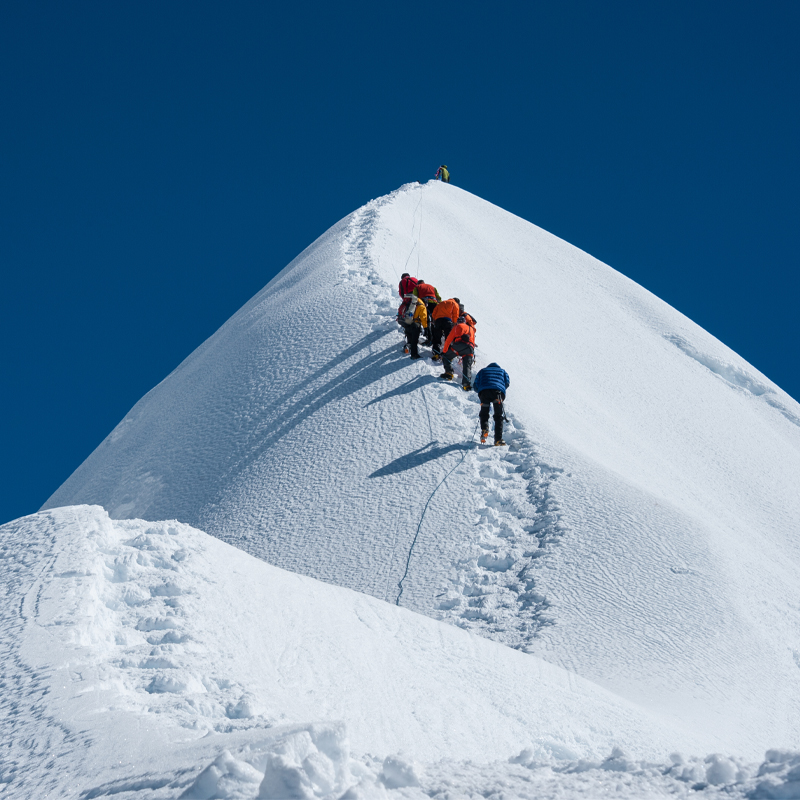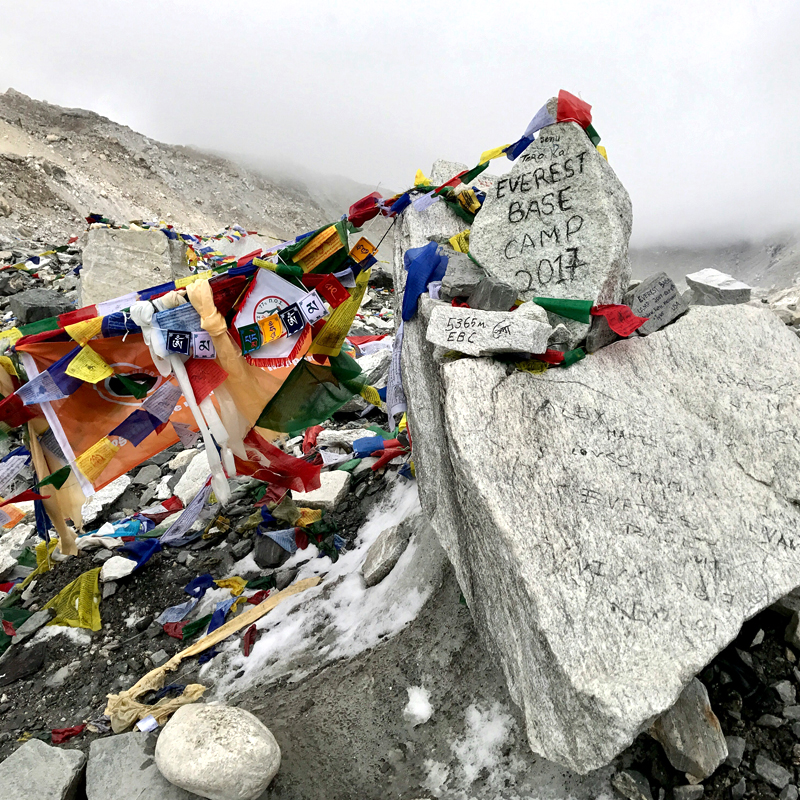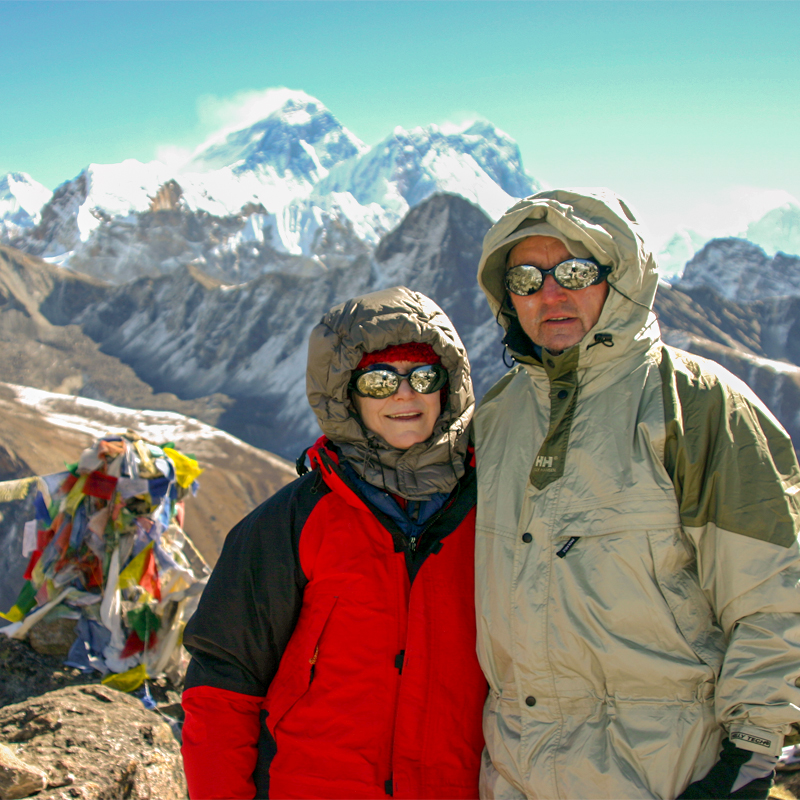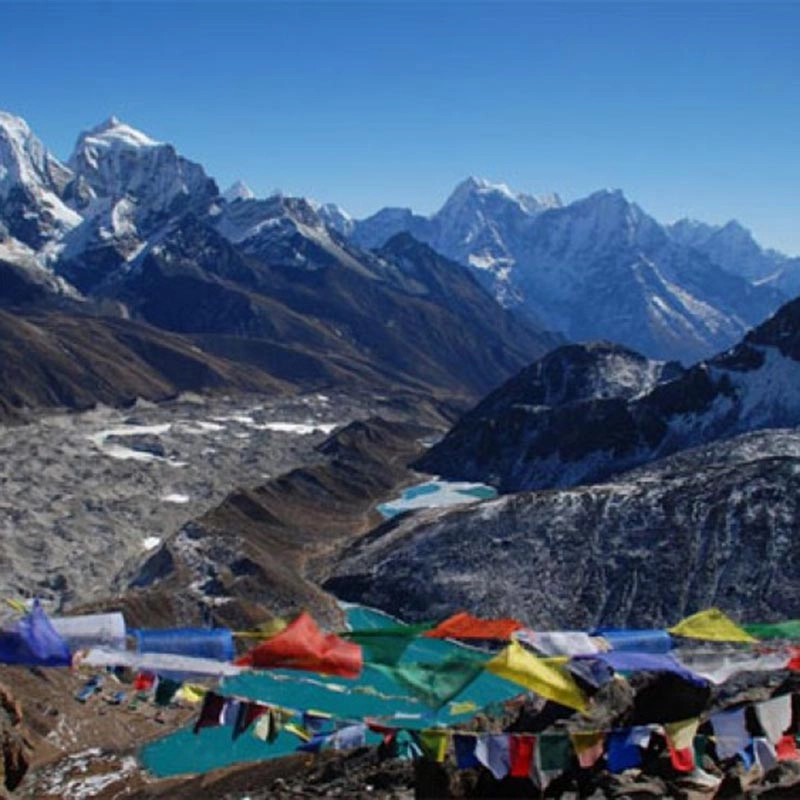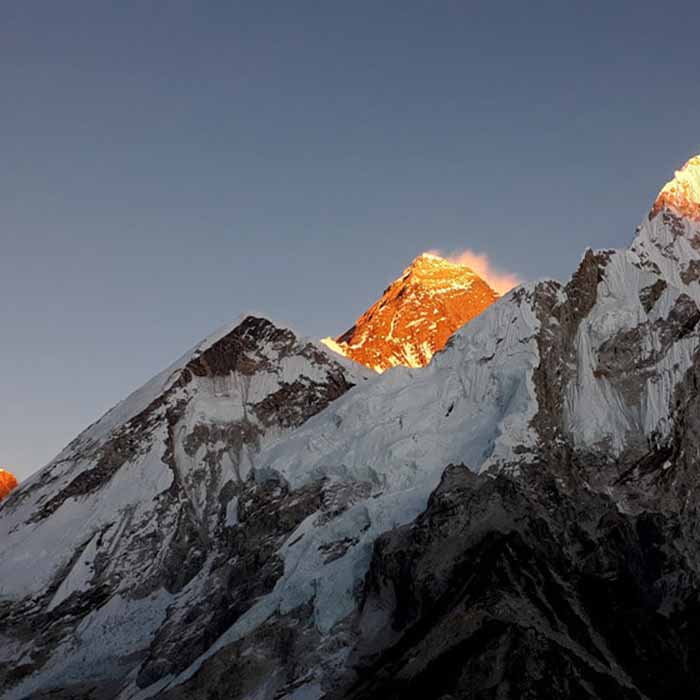Khayer Lake Trek offers its most enchanting experiences during autumn and spring, making these seasons the prime choices for trekkers. Autumn, known as the post-monsoon period in Nepal, presents ideal trekking conditions. Temperatures are moderate, neither too hot nor too cold, ensuring comfortable hiking. The days are sunlit, providing clear vistas of the majestic Himalayas. Trekkers favor this season for its excellent weather and unparalleled views, making it the top choice for Khayer Lake Trek. Spring, the pre-monsoon phase, follows closely as the second-best time for the Khayer Lake Trek. While temperatures rise, the weather remains generally favorable with minimal cloud cover and rainfall. The vibrant bloom of rhododendrons adds to the trek's allure, enhancing the natural beauty of the surroundings. However, toward the end of spring, weather conditions can fluctuate, requiring trekkers to be prepared for potential changes. Monsoon, spanning from June to August, is not recommended for trekking due to adverse weather conditions. Heavy rainfall leads to cloudy skies, hindering visibility and overall trekking enjoyment. The risk of landslides and floods further deters tourists from embarking on treks during this season. Winter brings cold temperatures and hazardous conditions to the high Himalayas, making it unsuitable for trekking. Snowfall and cloudy weather pose significant challenges, particularly on high passes. Trekkers should exercise caution during this time, as the risk of encountering dangerous conditions is heightened.
